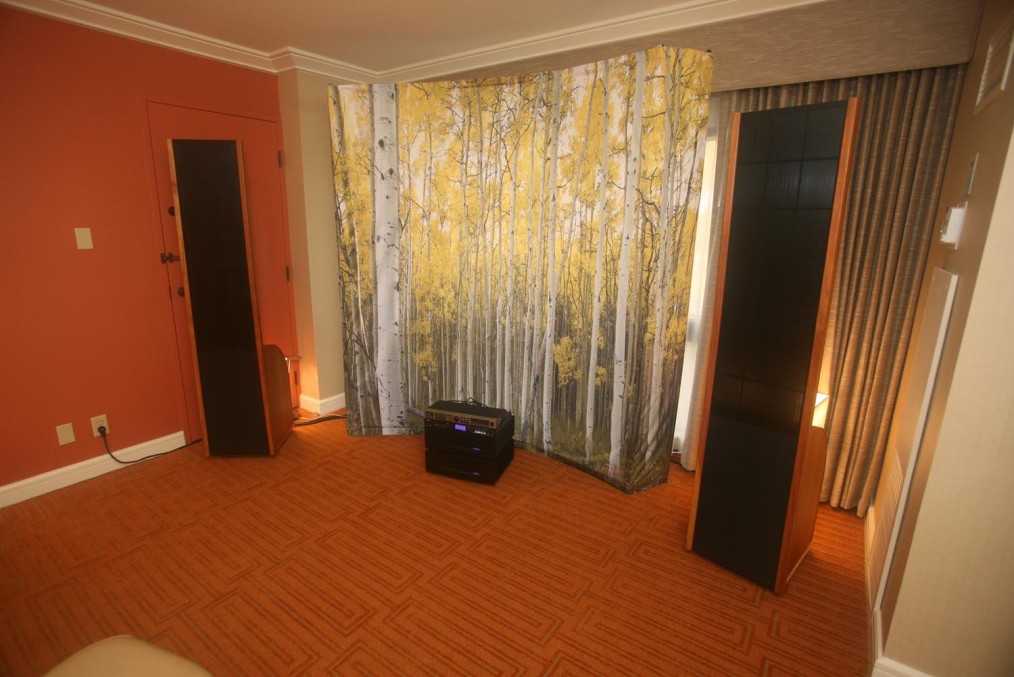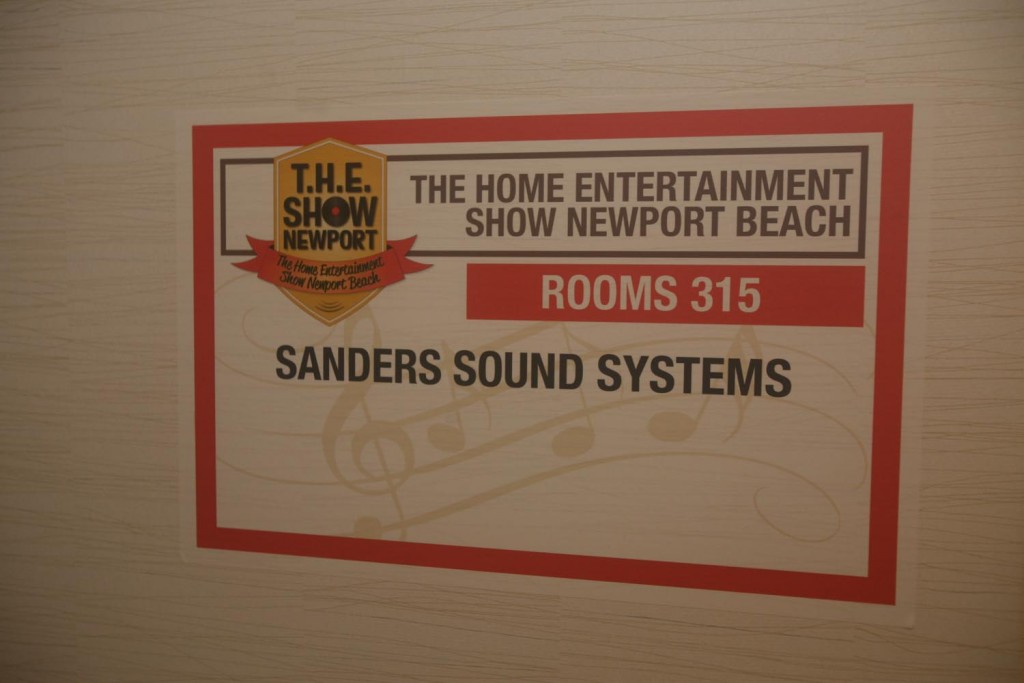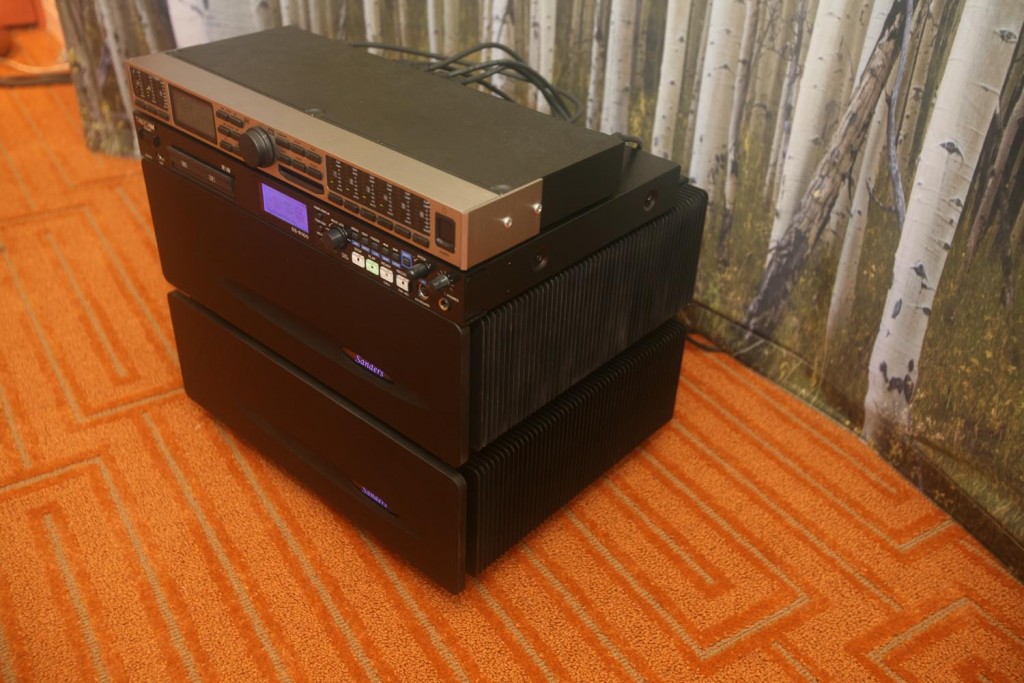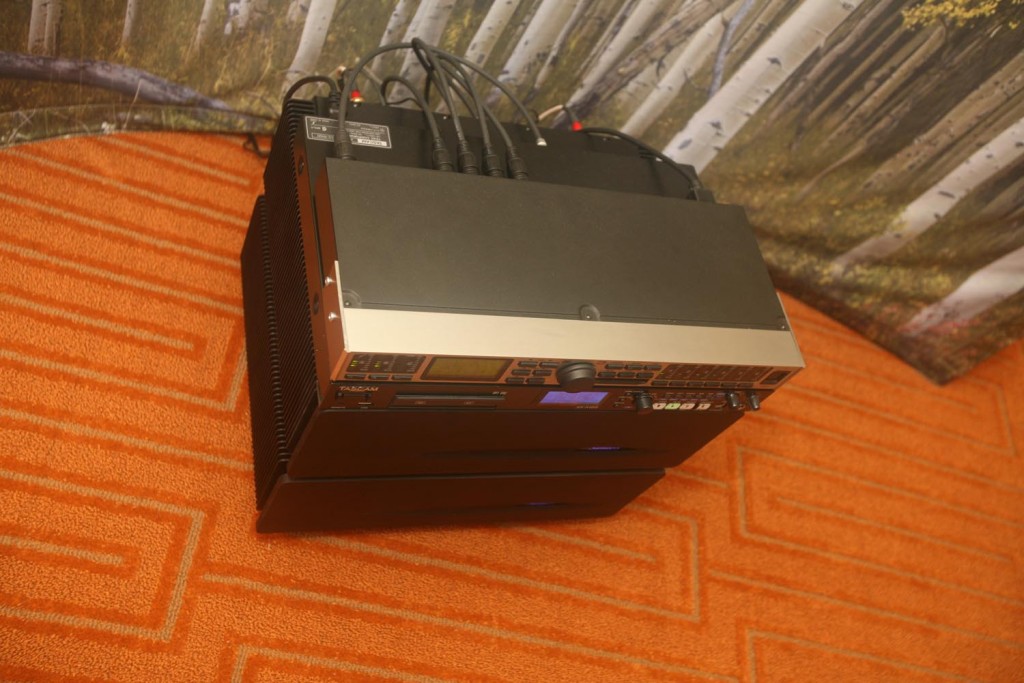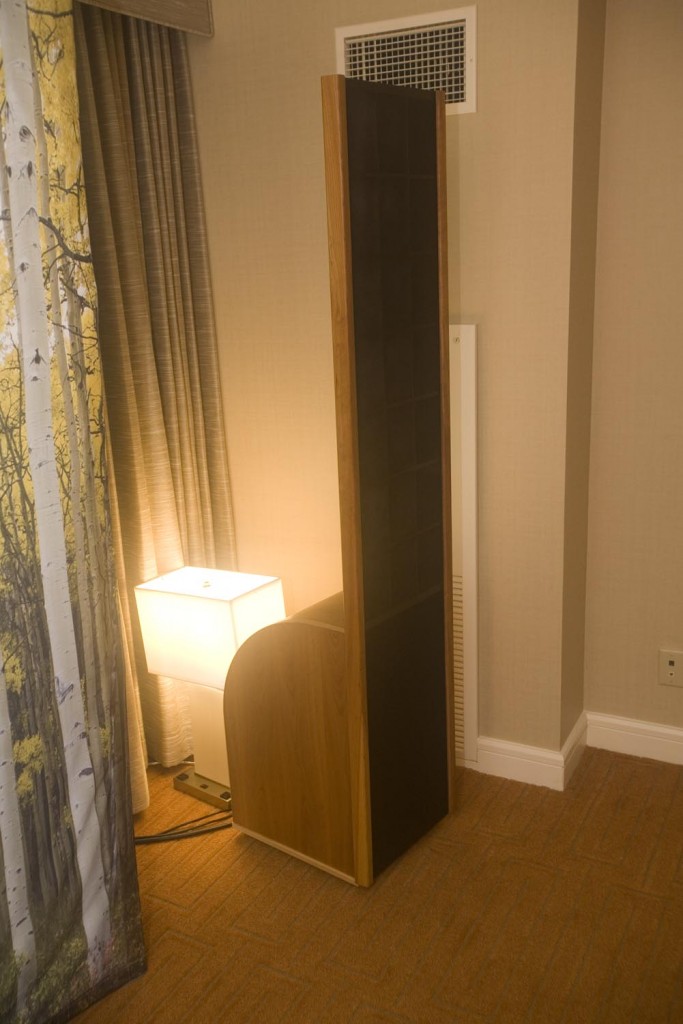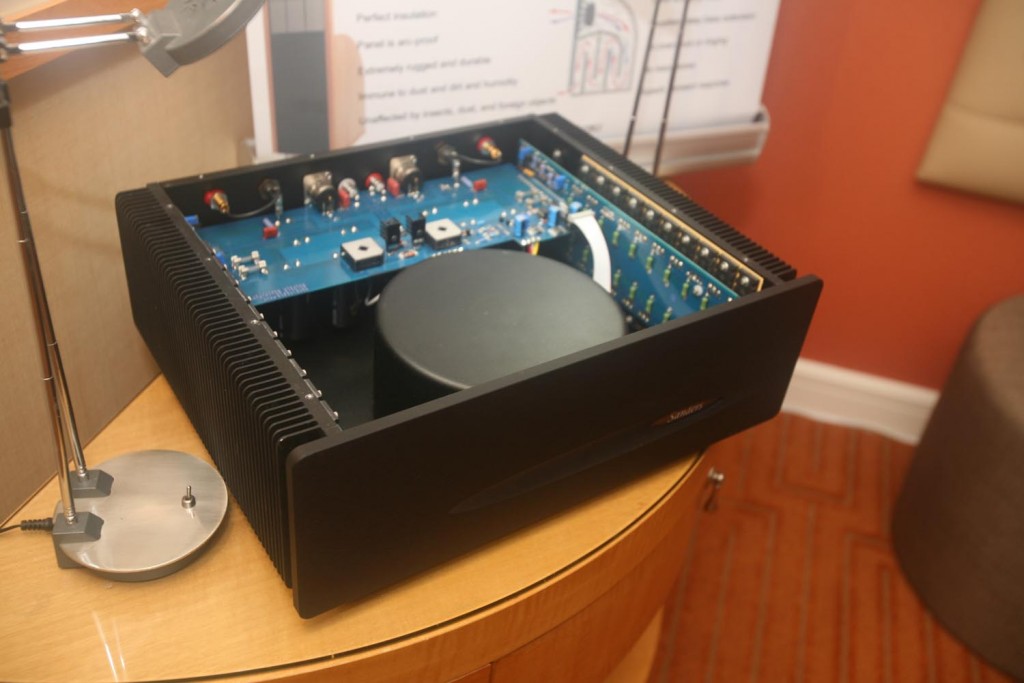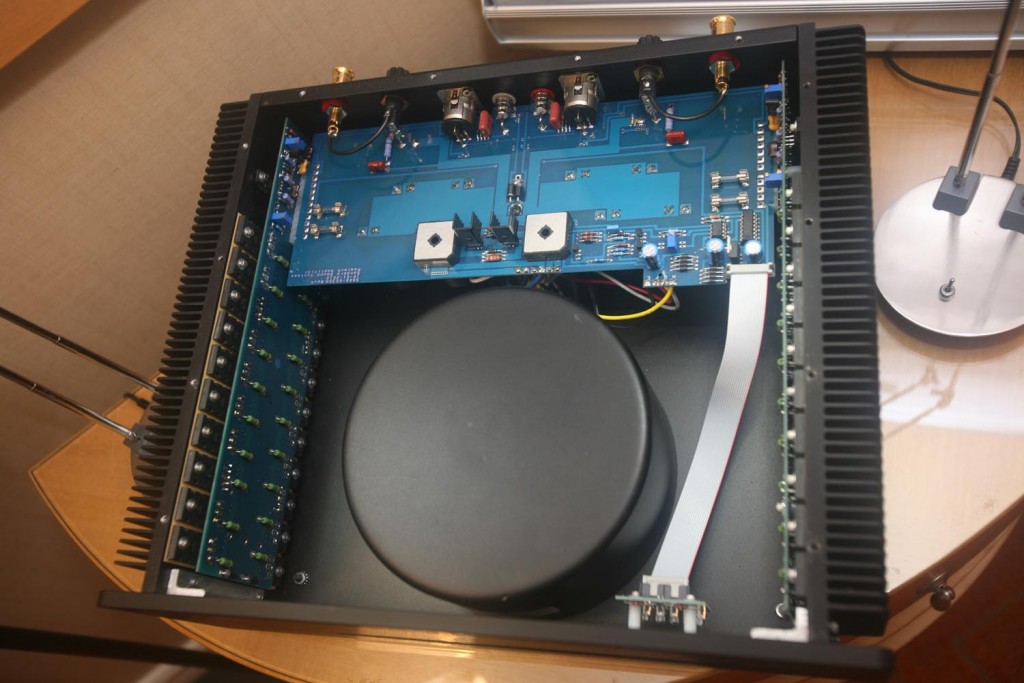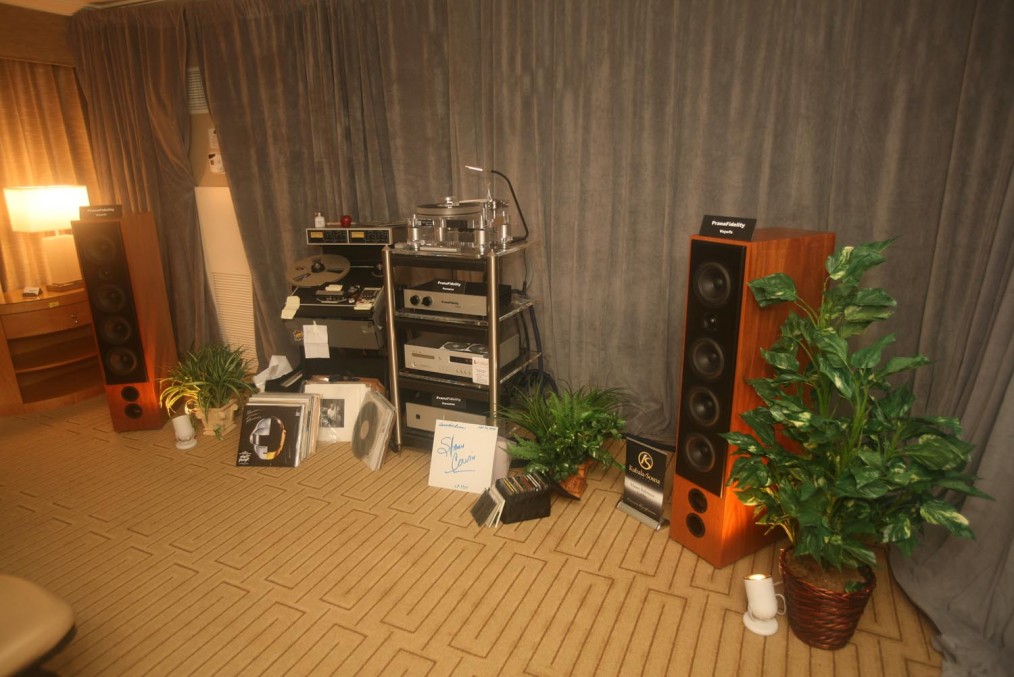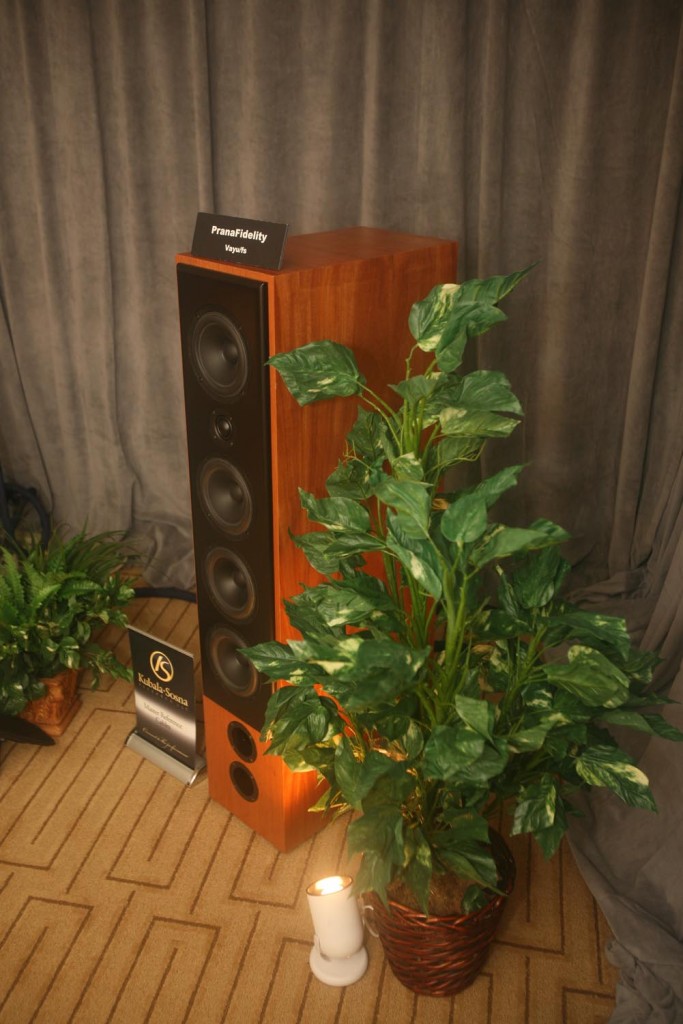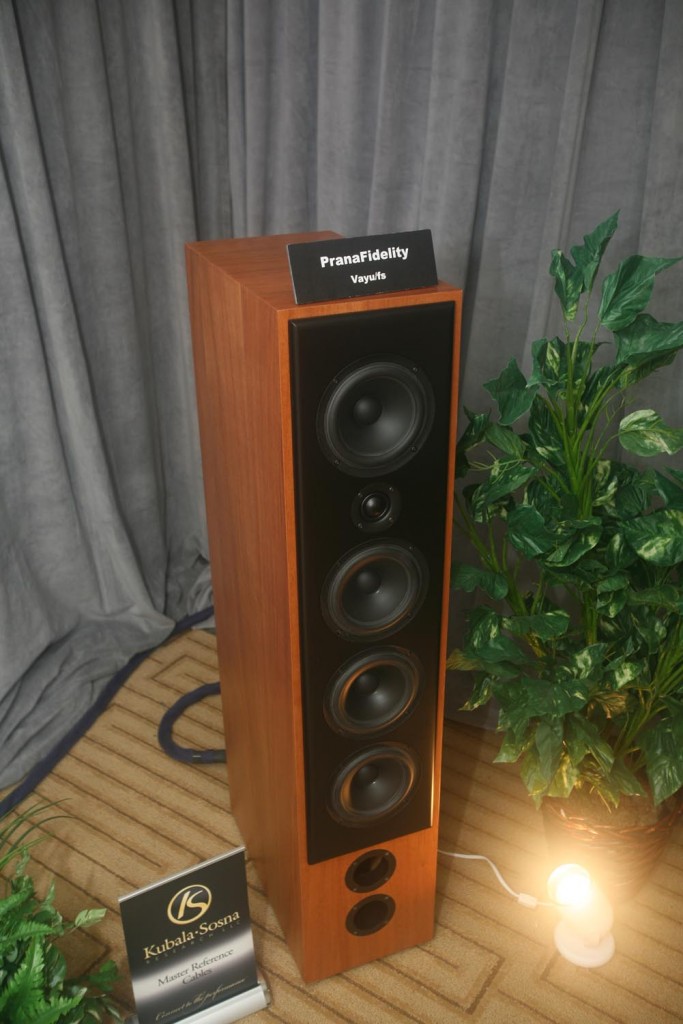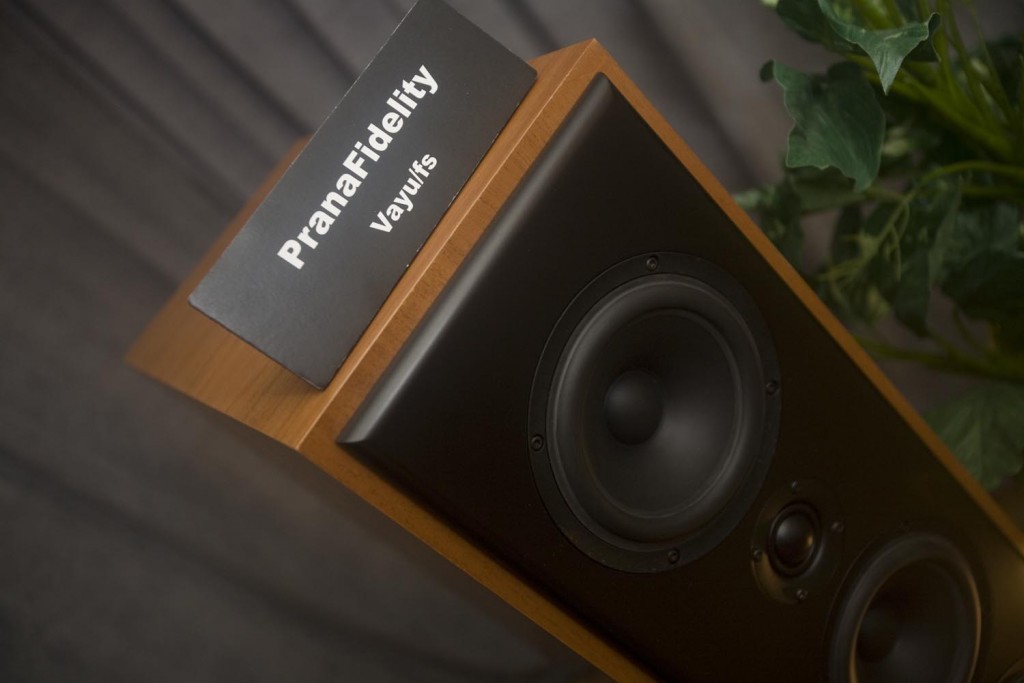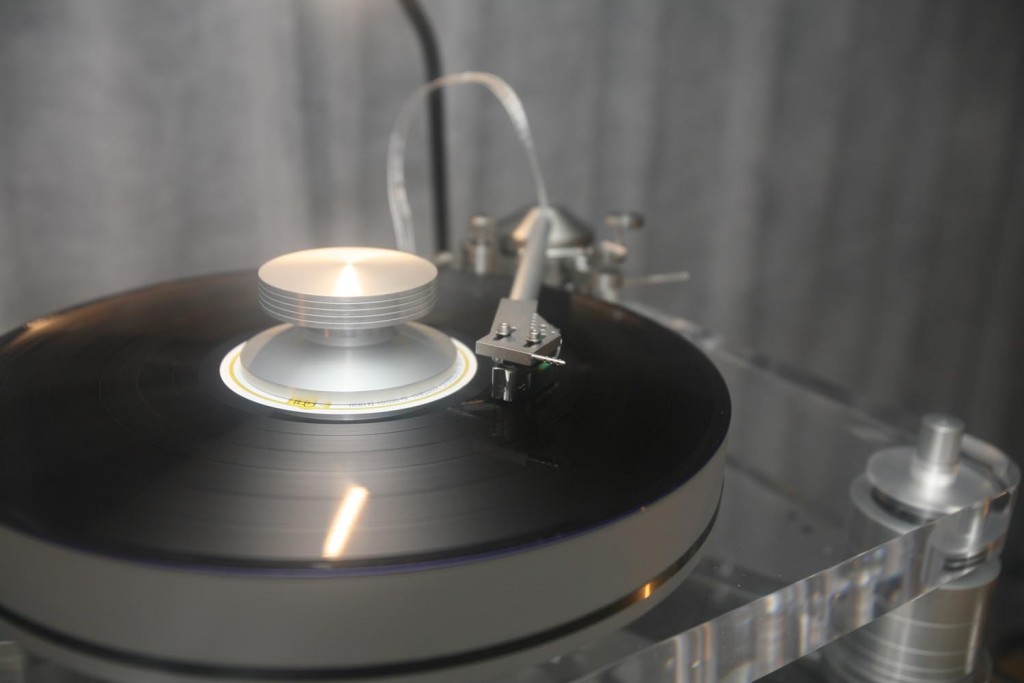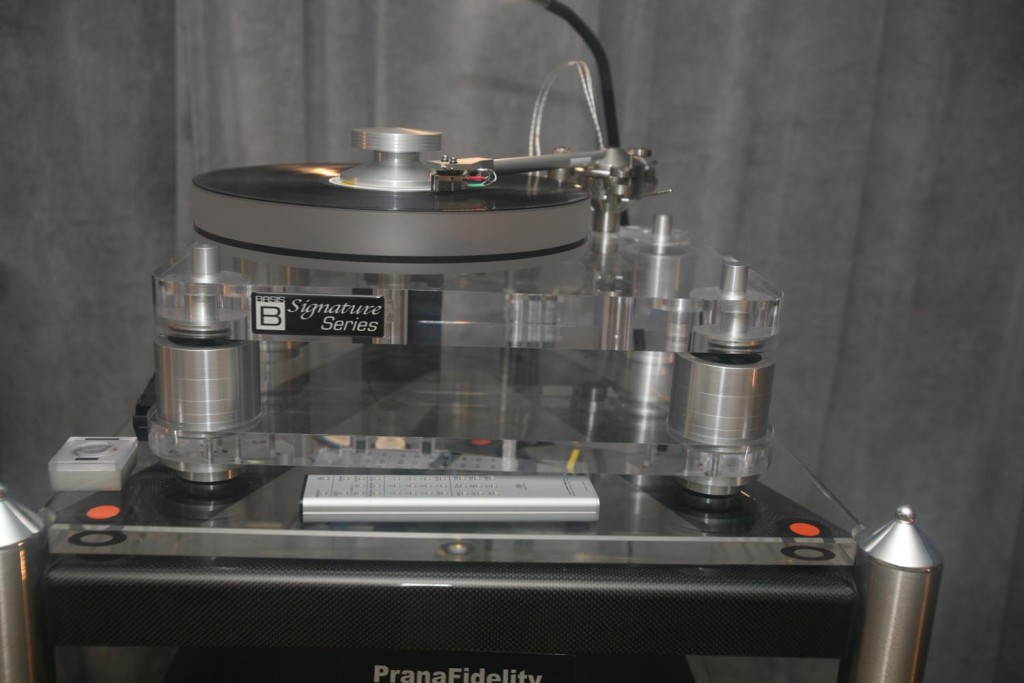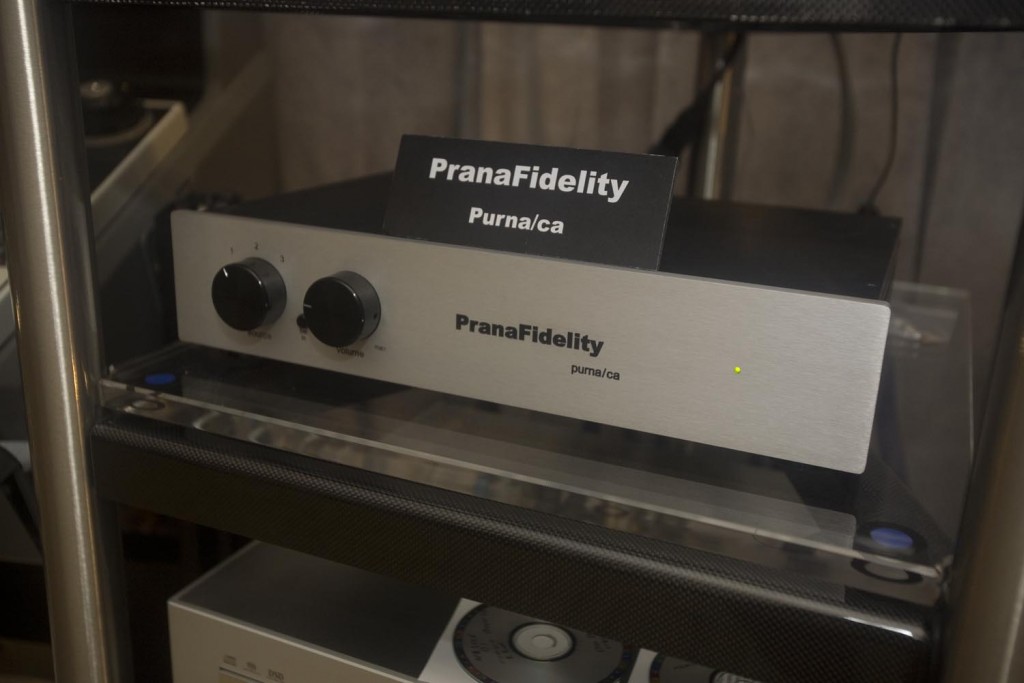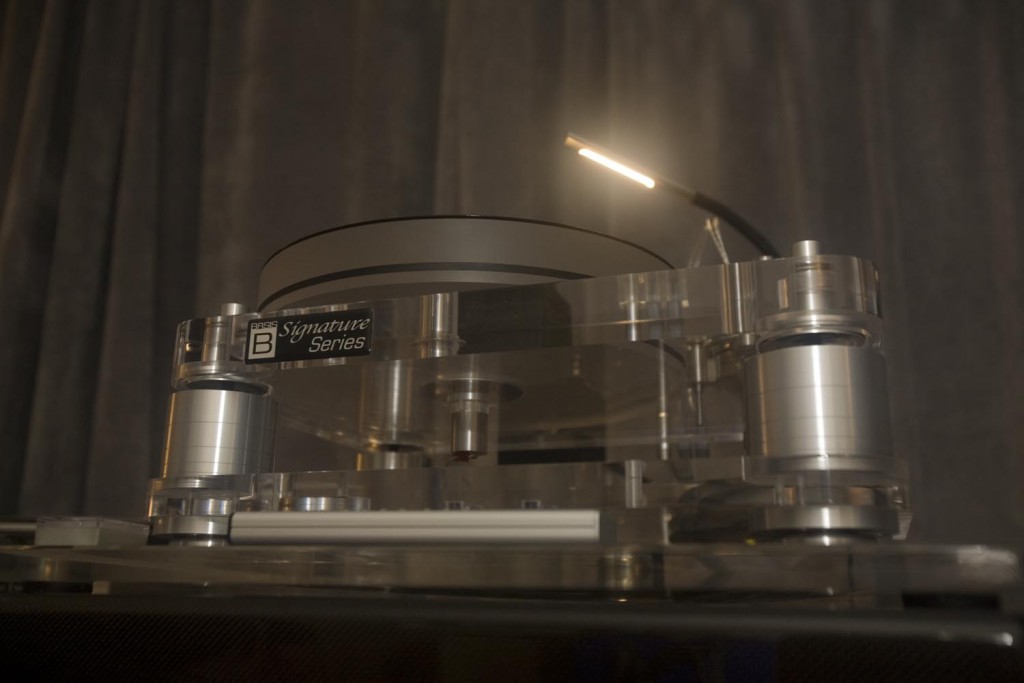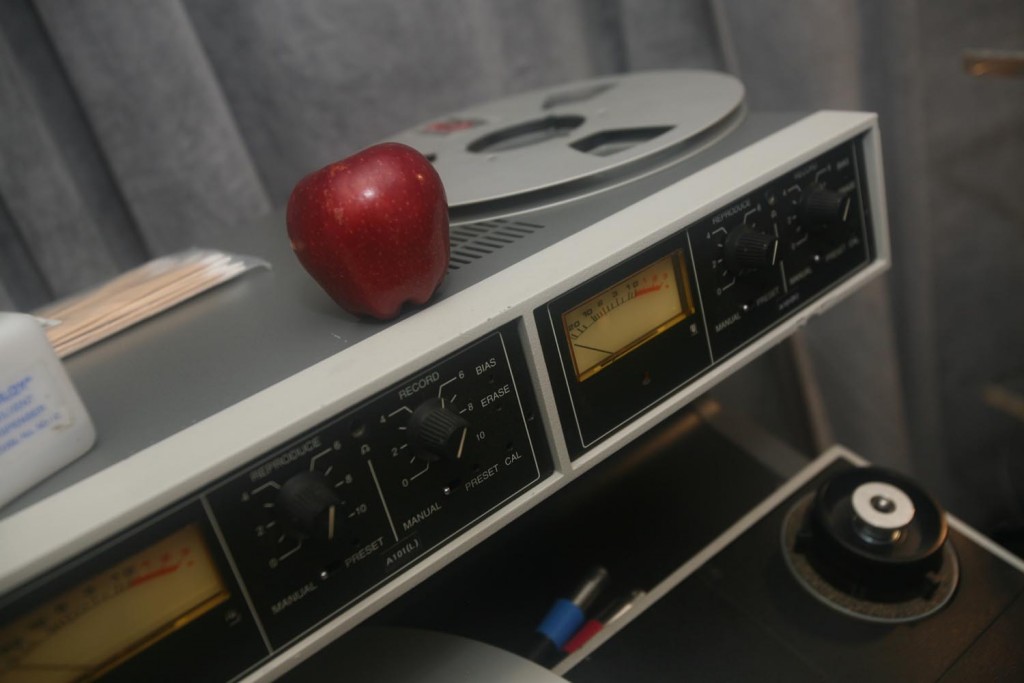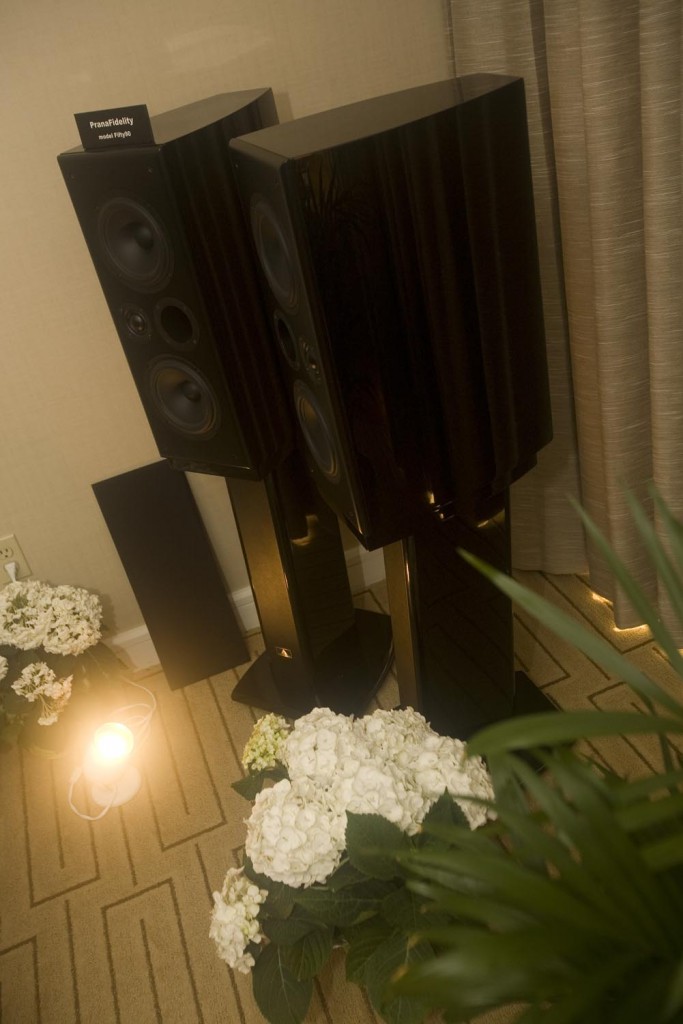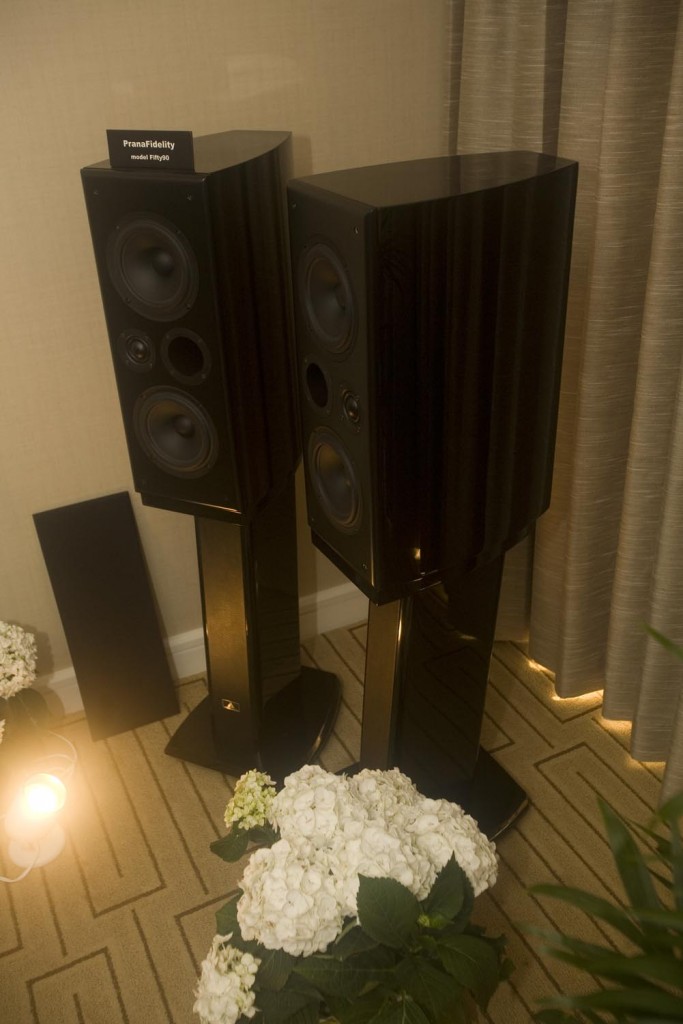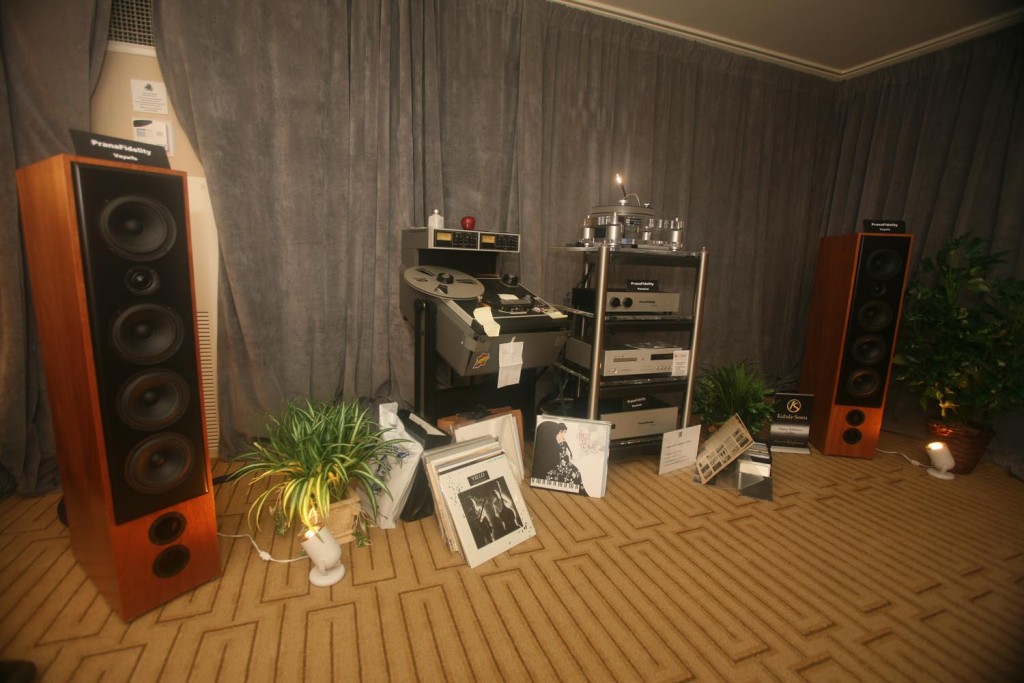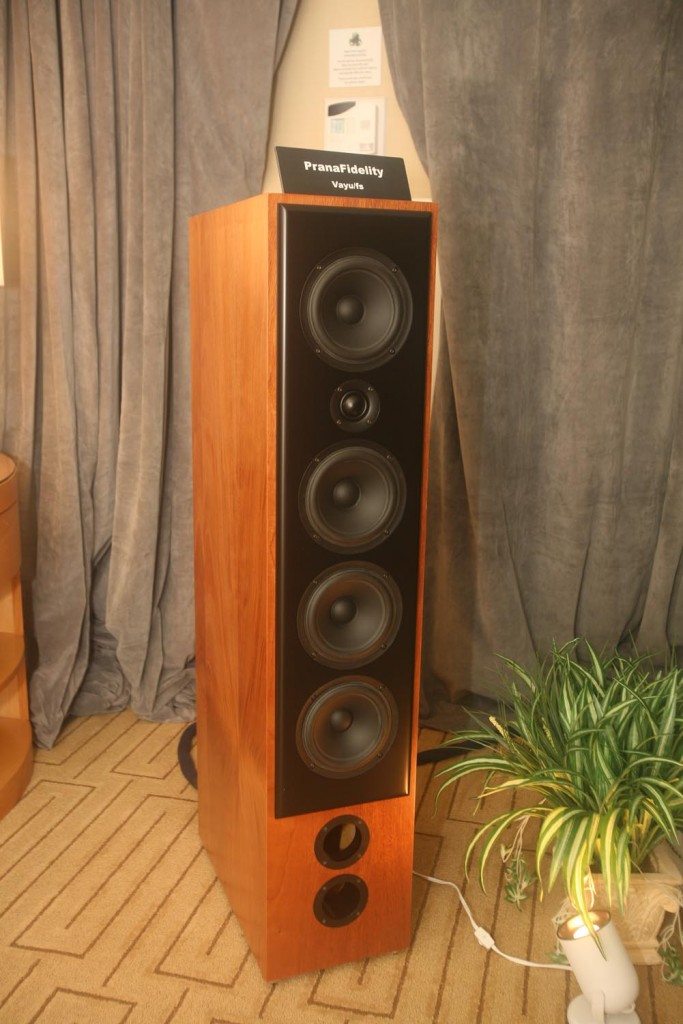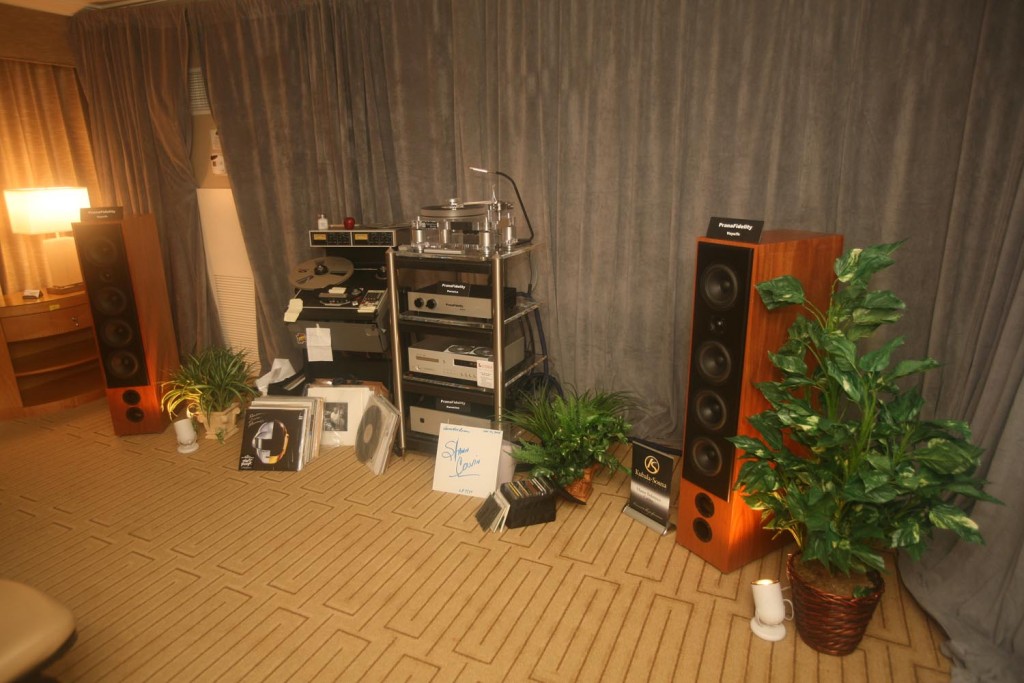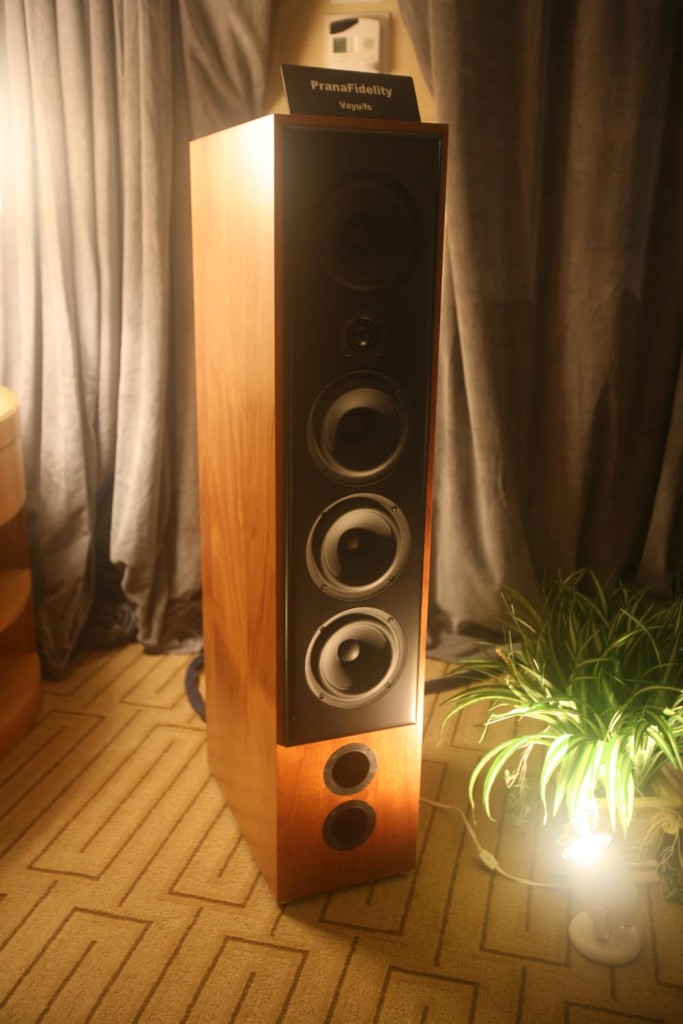At Newport 2015, everything sounded as it usually does: the exhibitors whose rooms usually sound good … sounded good again, the average sounding rooms sounded …. average…
The last 30 shows or so, I found it entertaining to practice my listening skills.
How to practice listening skills
To go into each of the 150 rooms or so, per show, and describe, to yourself, the sound.
* What kind of sound was it? Was it emotional? Impressive? Analytical? Boring? Exciting? Was it filled with life or dead sounding?
* How well did it form the notes? Was decay too long or too short? Was the attack too sharp or did the note seem ‘slow’? How was the timbre and did it change with volume or frequency?
* How well did it behave up and down the frequency spectrum? How did it handle loud and soft notes? How did it handle a lot of content happening at the same time? [was their good separation or was there a ‘wall of sound’ effect]?
* If the sound was pretty good, then listen for things that are secondary, that depend on other things being right first, like soundstaging and imaging.
Then continue by trying to tell which component was contributing what to the sound.
* Speakers fail in certain, recognizable ways. If they are not failing much, then the speakers are pretty good
* Amps are supposed to drive the speakers. If they do not do this well, and most amps fail at this to some degree, it is clearly audible [‘under-driving a speaker’ is only an extreme case of this].
* Cables are harder to hear as a separate entity in an unknown system unless you are very familiar with the cable, IMO. Otherwise they are a case of ‘if everything else is right’, then it is up to the cable to make or break the sound.
* Sources, CD players and turntables, reveal themselves by just how much information is in the sound. Yes, it takes a good system to reveal the characteristics of a good source, but most systems are up to the task, it is the source that often short-changes systems by not generating a sufficient quantity of information for the system to translate into sound.
Speakers, amps, etc. do many other, audible, things to the sound that can be heard at shows. Someday we’ll try to make an exhaustive list.
The idea is that after hearing the same component [or nearly the same component] in so many different rooms and systems, you learn to know what the component sounds like. Its character, its flaws, what it can do well.
Using this process, you can learn what most speakers and components sold in the U.S. really sound like.
You can also with a pretty good success rate, predict what your friends and colleagues systems sound like just by knowing which components they are using in them.
They will often be some variation of a system you heard a couple of times in different rooms at different shows.
Anyone can do it.
It just takes some discipline and listening to a lot of rooms at a lot of shows.
This doesn’t work if you just visit the rooms talked about on forums [often just slightly above average sound] or raved about by most reporters [often worse than average sound :-)]. You have to visits lots of different rooms, even those that insist on playing music that may not be your favorite genre. 🙂
Hope to see you all at the next show!

